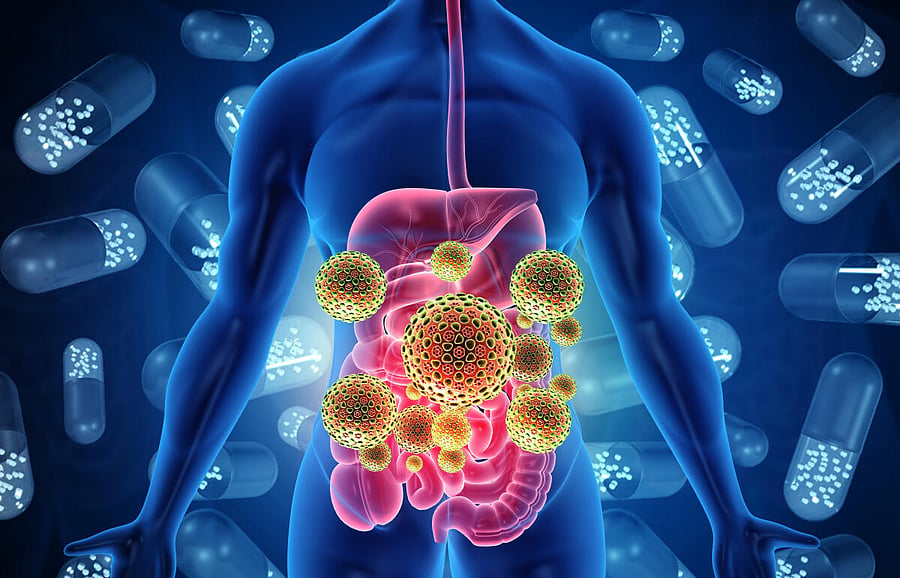
Lactose intolerance occurs when the body is unable to fully digest lactose, the sugar found in milk and dairy products. While lactose intolerance is commonly associated with dietary factors, recent scientific research has revealed the important role of genetics in determining an individual’s susceptibility to this condition. Lactose intolerance arises due to insufficient levels of lactase, an enzyme produced by the small intestine that breaks down lactose into simpler sugars for absorption. The most common form of lactose intolerance, known as primary lactose intolerance, typically manifests during adolescence or adulthood.
Secondary lactose
intolerance
Lactose intolerance is classified into two types: primary and secondary. This condition occurs as a result of damage to the small intestine, such as in cases of intestinal infections, celiac disease, inflammatory bowel disease, or chemotherapy. In these situations, the temporary reduction in lactase production leads to lactose intolerance. Secondary lactose intolerance can be managed by addressing the underlying condition causing intestinal damage.
Genetic basis of lactose intolerance
Recent research has unveiled the genetic basis of lactose intolerance, highlighting the significance of a specific gene called LCT (lactase gene). The LCT gene is responsible for the production of lactase, and variations within this gene determine an individual’s ability to produce lactase beyond infancy. In the Indian population, certain genetic variants, such as the C/T-13910 and G/A-22018 polymorphisms, are associated with lactase non-persistence, resulting in a decline in lactase production and subsequent lactose intolerance.
Complex interplay of genetics & environment
Factors such as gut microbiota composition, early-life dietary exposure to lactose, and cultural dietary practices can influence the expression of lactose intolerance in individuals. For example, regular consumption of dairy products may result in milder symptoms for individuals with lactase non-persistence, as their gut microbiota adapts to the lactose load.
Diagnosis & management
Lactose intolerance can present with various symptoms, including abdominal pain, bloating, flatulence, diarrhoea, and nausea. Individuals with lactose intolerance can choose lactose-reduced or lactose-free dairy products, such as lactose-free milk or yoghurt. Additionally, lactase supplements can be taken before consuming lactose-containing products to aid digestion. Read food labels carefully, as lactose can be found in various processed and hidden forms. Green leafy vegetables, tofu, almonds, and fortified non-dairy products are crucial to ensure adequate intake of calcium.
(The author is a dietician.)